Tour itinerary
Day 1: Arrival to Belgrade
Welcome to Serbia! It is our pleasure to introduce you to a land of varieties. We will do our best to take you into a diversity of our country, to feel the real Serbian spirit and to embrace our land as your new favorite.
Transfer to hotel, check-in.
Day 2: Belgrade – Smederevo – Viminacium – Lepenski Vir – Kladovo
Mysterious East awaits us, as we follow the mighty Danube river to the past. Our first stop on this genuine time-travel will be the last Serbian Medieval capital – the town of Smederevo. It’s mighty fortress still rises on the banks of Danube, as a witness of Serbian fall to the Ottoman Empire. A legend about medieval Smederevo is tragic and somewhat romantic. You will find out why the last Serbian queen was called „Cursed“, and how did the Kingdom collapse.
Lunch in Srebrno jezero (Silver Lake).
The Danube takes us further in the past, in the era of Ancient Rome, and the time when Viminacium was a crucial town of the Empire. We will visit the Roman compound, one of the best-preserved in Balkan. You will hear the tales of Hades and why the entrance to the other world was right here, as we take an underground tour through the long-forgotten town. We are still following the Danube, as we approach the town of Donji Milanovac. It was right here where the famous „fish-people“ lived. The settlement of Lepenski Vir is considered to be one of the oldest organized settlements in Europe and the world. We will visit the archeological complex and see how people used to live in the Stone Age.
Visit the Golubac fortress. This fortress is situated at the very entrance of the Djerdap Gorge, which is known also like the Iron Gates, on the section where the Danube River is widest. The most striking feature of Golubac Fortress is arguably its ten towers, which are connected by a series of walls.
From history to magic and myths – our Danube road takes us further East, into the land of Vlachs; the offsprings of Roman legionnaires. Their mysterious way of life awakens the imagination, and the extraordinary surroundings they live really burn the fantasy. Their magic is believed to be the strongest one in the world, and their women are believed to be among the most beautiful ones in the world. To finish up with the time-machine, we will take a rest on the banks of Danube, in the town of Kladovo.
Dinner at the hotel’s restaurant. Overnight in Kladovo.
DAY 3. Kladovo – Rajac – Zaječar – Niš
We will follow the Danube just for a little while – until we reach the picturesque Rajac village, one of the best wine regions worldwide. Thanks to its climate, Rajac wineries have centuries-old tradition. It is considered that even Romans used to grow vine and make wines in this place. Each winery is family-owned, and each family has its own recipe for fantastic wines. It is almost impossible to taste each brand in one day, but we will do our best to make your tasting as challenging as possible.
Further to the south lies town of Zaječar. It is a home of „Felix Romuliana“, the magnificent Roman complex built by Roman Emperor Valerius to honor his mother. During the visit of the complex, you will find out about the times of tetrarchy and dividing the Roman Empire to East and West. The remnants of Royal mosaics are considered to be the most complex ones in Roman arts.
Visit the Zaječar city center and Zaječar National museum. The Museum is of a complex type and has departments of history, art history, archaeology, and ethnology.
Lunch in a local restaurant.
Our final destination for today is Serbian third-largest city – Niš. Its history goes back to the ancient times, and citizens are proud of their most famous ancestor – Roman Emperor Constantine, the very one who brought Christianity to the Roman Empire. Its turbulent history is a peculiar mixture of heroism, tragedy, and comedy; and we shall feel the part of it as we make our tour. At last, Niš and its citizens are famous for their overwhelming hospitality.
Dinner at the hotel’s main restaurant. Overnight in Niš.
DAY 4. Niš – Prokuplje – Kraljevo
Mediana is luxurious suburbia of Antique Naissus – Niš, built between III and the beginning of IV century. The fact that contributes to the Christian tradition of Naissus, Mediana and Constantine’s influence is that in 2000. and in 2007. at the site of Mediana, there were discovered the remains of 2 churches from IV century. Especially interesting are the remains of the single-nave church, with the mosaic of Christ’s monogram at its center. Mediana was a temporary residence of 6 Roman emperors after Constantine’s rule on their journey towards the East: Constantius (337-361.), Constans (337-350.), Vetranio (350.), Julian (361-363.), Valentinian (364-375.) and Valens (364-378.).
Visit the Skull Tower, the most interesting monument in the town of Niš. This monument, unique in the world, was built after the Battle of Čegar (1809). In the words of “a Serbian hajji from Nis”, the Turks prepared the construction of the tower made of skulls. When Hursid Pasha of Nis realized that, even though the post at Čegar hill had been taken, the battle and the explosion resulted in 3,000 dead Serbs and at least twice that many dead Turks, he ordered that the heads of the Serb victims be collected, skinned, and that the skulls be built into the tower.
Lunch on the way.
Continue to the town of Prokuplje and visit the archeological park Pločnik, most known for its researchers, when copper objects were founded, as well as azurite and malachite. Archeological site Pločnik is also known for its findings of two ovens square shape, which is assumed to be used for metal melting.
Presentation of metal melting.
Continue to the town of Kraljevo (King’s town), in which 7 Serbian medieval kings were crowned. Its beautiful architecture is considered to be a true gem of Balkan.
Dinner at hotel’s main restaurant. Overnight in Kraljevo.
DAY 5. Kraljevo – Novi Pazar – Djurdjevi Stupovi – Sopocani – Studenica – Kopaonik
Departure for a town of Novi Pazar, a city located at the very heart of Old Serbia – Raška County. Novi Pazar is a true gem, representing an extraordinary mixture of Orient and Europe. Its multi-ethnical spirit is best seen it its panorama – where mosques and churches overwhelm the scene. Visit the Petrova church.
Our story about the Serbian Kingdom will be concluded by the real gems of that period: monastery Djurdjevi Stupovi and one of the oldest preserved Christian shrines in Balkan – Petrova crkva or Peter’s church. These medieval temples are under the high protection of the state and UNESCO as sites of the highest significance for world-historical heritage. Both built-in 12th century on the remnants of early Christian temples, their historic and religious significance to Serbia is unmeasurable.
Visit the Sopoćani monastery, one of the best-known monasteries in Serbia. It was built in the 13th century by the successful Serbian King Uroš I Nemanjić, during whose reign intensive development of mining and trade in the country begun. The monastery was built as a resting place of the king Uroš I Nemanjić and his relatives. It was entered on the UNESCO World Heritage List in 1979 and it is part of Transromanica Cultural Route.
Lunch on the road.
Continue to the monastery Studenica. Many other Serbian monasteries are built on the model of this one. It was built in the late 12th century by the prominent Serbian ruler Stefan Nemanja, the founder of the dynasty Nemanjić. Apart from religious functions, the monastery was a cultural and medical center of the medieval Serbian state and the mausoleum of the dynasty. The monastery was built in a specific style of architecture, known as “Raška school”, which combines the influence of Western Romanesque and the Eastern Byzantine tradition.
After visiting monastery Studenica, departure for Kopaonik – the largest mountain range in Serbia.
Dinner at the hotel’s main restaurant. Overnight at Kopaonik mountain.
DAY 6. Žica – monastery Manasija – Belgrade
Our next stop is monastery Žiča. It was built by the first King of Serbia, Stefan the First-Crowned and the first Head of independent Serbian Church, Saint Sava. King Stefan was crowned in Žiča in 1217, which made Serbia the sovereign country in the Christian world. The monastery was known for its seven doors due to the fact that every time the Serbian King was crowned he had entered through a separate door. It is also famous for its red facade. Žiča monastery was devastated and renovated many times in history. It is situated near the city of Kraljevo at the entrance to so-called “Valley of the Kings” in central Serbia.
And last, but not least, monastery Manasija, an important religious and cultural center of eastern Serbia at the beginning of the 15th century. It is a typical representative of the Moravska School, a special style of Serbian medieval architecture and art. It is famous for its fortification that was built in a special way, combining Byzantine influences and Western European trends. Also, the frescoes inside the church are considered as one of the finest examples of Serbian medieval art. The monastery was founded by the Serbian ruler Stefan Lazarević as his burial place. Stefan was the ruler at the same time and a prominent writer, translator, and artist.
Lunch on the road. After lunch departure for Belgrade.
Dinner at the hotel’s main restaurant. Overnight in Belgrade.
DAY 7. Belgrade – Sremska Mitrovica – Belgrade
Our seventh day takes us to the north of Serbia, into the Srem region. Our first stop is town of Sremska Mitrovica – town with a very long continuity of life during which it has changed both its name and its physiognomy several times: at first it was a wooden Illyrian-Celtic settlement, afterward it was an antique city and metropolis, a medieval town with a variety of masters, an Oriental entrenched settlement with minarets, the headquarters of the Border Regiment, a crafts and commerce center throughout the period of urban prosperity and, finally, a modern industrial town at the peak of modern history.
Visit the City of Sirmium, which was in the same territory where Sremska Mitrovica is today, was one of the capitals of the Roman Empire and one of the greatest metropolises of the time. Sirmium, as a settlement, originates from the ancient Celtic period, and some of its remains are 7,000 years old.
The greatest urban expansion began at the end of the 3rd century and lasted throughout the 4th and partially 5th century. The well-known Roman writer of the 4th century, Ammianus Marcellinus, called it “the glorious and populous mother of all the cities“.
Sremska Mitrovica was one of the greatest archeological sites of Yugoslavia. On the occasion of the exploration of Sirmium, beside the Imperial Palace with Roman circus, many other monumental public buildings, such as the so-called ‘Baths of Licinius’, the grain storage (horreum), trade and craft district, were discovered as well.
The first archaeological excavations in Sirmium began in 1957, at the Imperial Palace. The site was discovered accidentally during the construction of an apartment building on that location. Work was initially stopped temporarily, then permanently when massive walls, a system of radiant heating and floor mosaics were uncovered. The later discovery of the Roman circus (a hippodrome in the Greek-speaking part of the Empire) immediately adjacent to the palace provided conclusive evidence to identify the structure as an imperial palace.
Lunch on the road. Departure back to Belgrade.
Afternoon sightseeing of Belgrade. This unique tour will introduce us to millennium’s old history and will take us directly to the very core of the city – beautiful Belgrade Fortress. So much to discover there, where Romans, Serbs, Turks, and Austrians fought for this city.
Dinner at the hotel’s main restaurant. Overnight in Belgrade.
DAY 8. Belgrade
Breakfast included in the price.
Visit the Vinča – Your ancient relative’s culture – one of the oldest archeological spots on the planet!
Vinča is a place only 20 km from Belgrade and it is a famous archeological spot in this part of the world. Vinča today has a status of the Archaeological Park.
The discoveries of the pits dating from the Copper and Bronze ages (between 4000 and 2000 BC), as well as medieval necropolises from the period between the eighth and 15th centuries, have shown that Vinča has also been inhabited, though with interruptions, after the Neolithic period, until the present.
Free time for individual activities until transfer to the airport.
End of program.
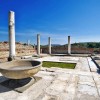
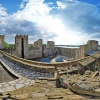
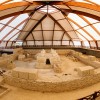
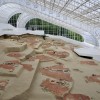
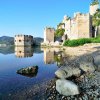
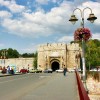
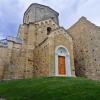
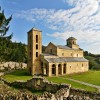
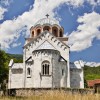
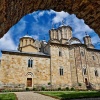
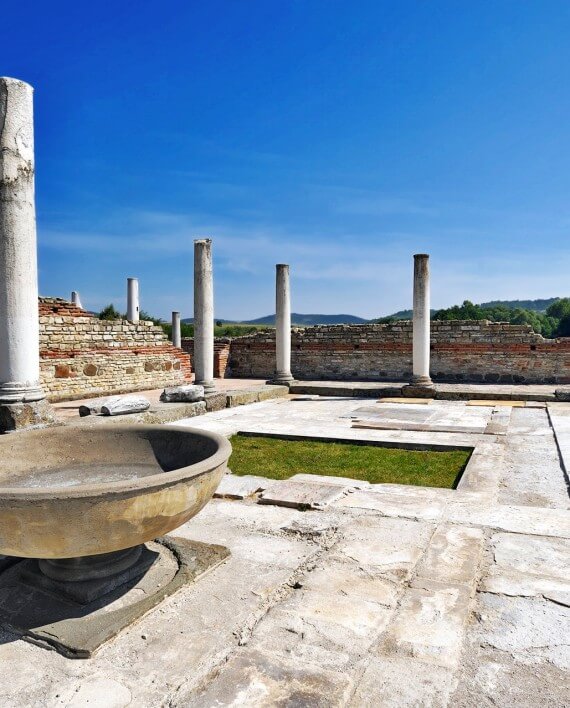
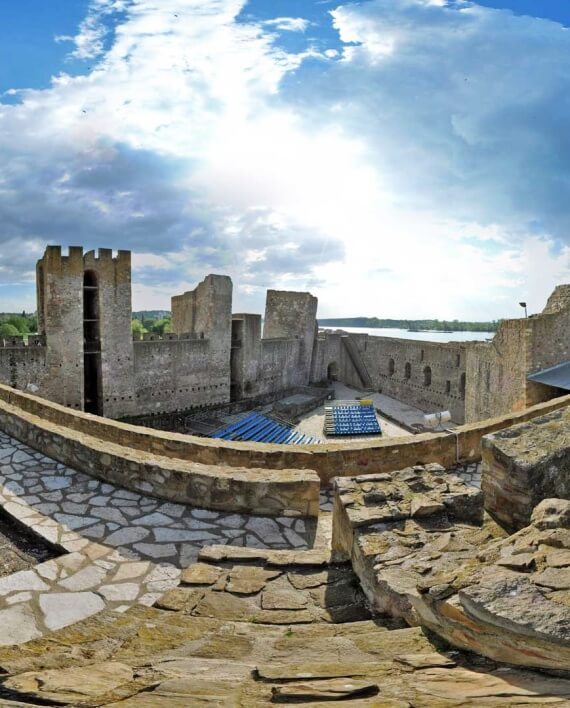








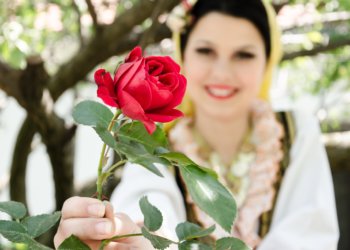
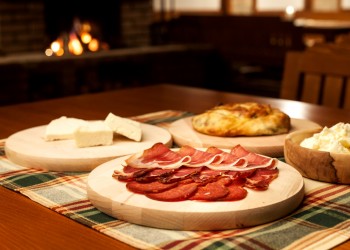

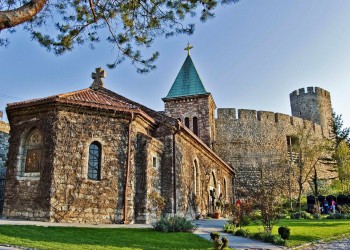
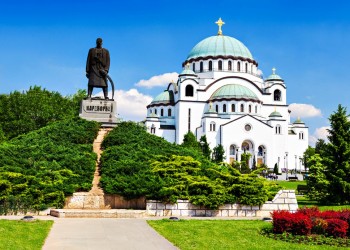

Reviews
There are no reviews yet.